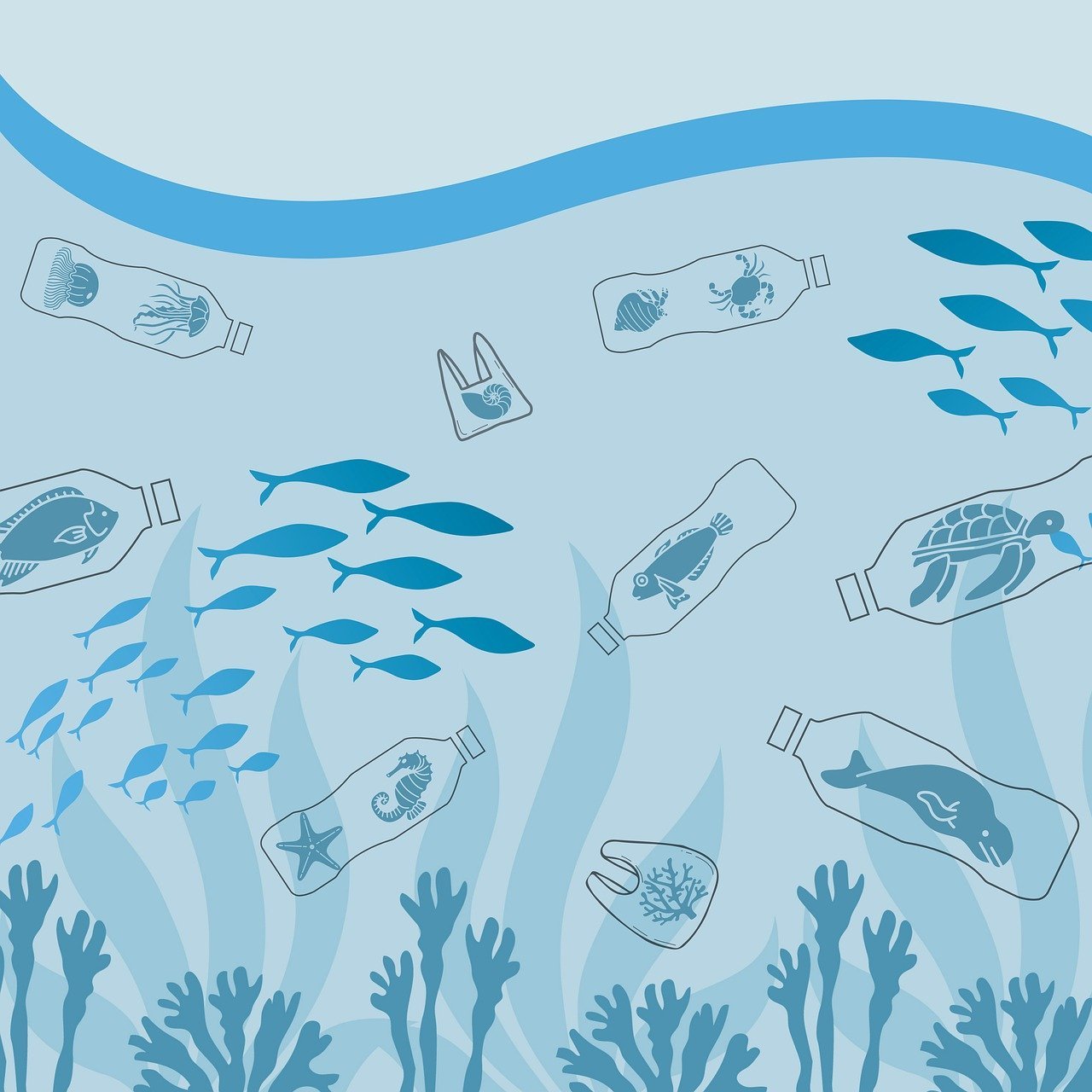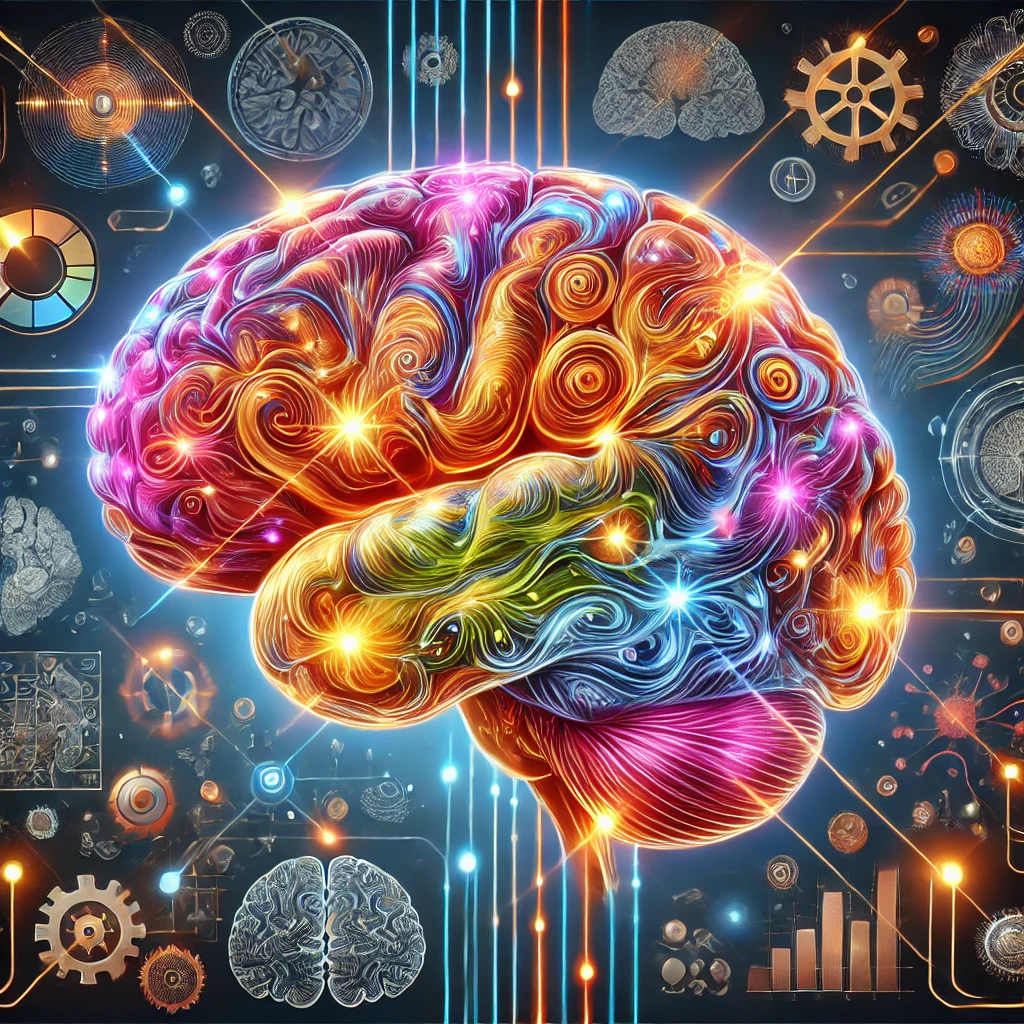Plastic. It’s a ubiquitous material woven into the fabric of our lives. From the water bottles we sip to the computers we tap away on, plastic offers a multitude of benefits – affordability, durability, and versatility. It keeps our food fresh, our homes insulated, and our medical supplies sterile.
However, this wonder material casts a long shadow. Plastic pollution has become a global crisis, choking our oceans, littering our landscapes, and infiltrating our food chain. The very properties that make plastic so useful – its longevity and resistance to breakdown – are now its Achilles’ heel.

This blog delves into the complexities of our relationship with plastic. We’ll explore its history, its undeniable advantages, and the environmental nightmare it has become. We’ll then analyze potential solutions, moving beyond demonizing the material itself and towards a more sustainable future.
A Brief History of Plastic: From Billiard Balls to Billion-Dollar Industry
The story of plastic starts surprisingly innocently. In the 1860s, a competition was held to find a substitute for ivory used in billiard balls. Plastic’s journey continued with its adoption by the military during World War II. However, it wasn’t until the 1960s that plastic truly exploded onto the commercial scene. The invention of various types like polyethylene, acrylic, nylon, and polyester, coupled with its low production cost, propelled plastic into nearly every facet of our lives.
The Double-Edged Sword: Convenience at a Cost
Plastic’s affordability and ease of manufacture have led to its phenomenal growth. This, unfortunately, has come with a hefty price tag for the environment. The sheer volume of plastic produced has resulted in its widespread presence in the most unexpected places – the deepest ocean trenches, the peaks of mountains, and even the human placenta.
Furthermore, the reliance on fossil fuels for plastic production contributes significantly to climate change, accounting for roughly 3.4% of global greenhouse gas emissions. While recycling exists, it’s a fragmented system with a dismal global success rate of only 9%. Even when recycling occurs, the quality of the plastic often degrades, limiting its reuse potential.
The Futility of Single-Use: A Mounting Environmental Crisis
Our current love affair with single-use plastic is simply unsustainable. The UK alone discards a staggering 2.5 billion disposable coffee cups annually. Conventional plastic takes centuries to decompose, with a plastic bag taking around 20 years and a bottle hovering around a staggering 450 years.
Biodegradable plastic, often touted as a solution, presents its own set of challenges. While it degrades faster, the breakdown process releases methane and carbon dioxide, further fueling climate change. Additionally, bioplastics still break down into microplastics, further contaminating our food chain through soil and fish.
A Circular Economy: Redesigning Our Relationship with Plastic
The answer lies in a paradigm shift – moving towards a circular plastic economy. This model prioritizes keeping plastic in use for as long as possible. Instead of the current linear “take, make, dispose” approach, we need to eliminate unnecessary use, ensure all products are upcyclable, and design plastic for multiple lifecycles.
Imagine coffee cups transforming into coats, toothbrushes finding new life in suitcases. We can achieve this by improving the quality and design of plastic. By separating and reassembling the long-chain molecules (polymers) that make up plastic, we can create a closed loop where plastic is produced once and used repeatedly.
This vision requires innovation and commitment, but it is attainable. Real-world examples exist – a Thai temple transforming plastic bottles into robes for monks, returnable packaging schemes eliminating delivery waste, and fleece jackets made from recycled polyester.
The Way Forward: A Responsibility for Our Future
Let’s be clear: plastic isn’t going to vanish from our lives, nor should it entirely. However, with the equivalent of 2,000 overflowing garbage trucks of plastic dumped into our oceans and rivers daily, we cannot leave this mess for future generations to clean up.
We need to reframe our relationship with plastic. We need better plastic – designed for reuse and recyclability. We need to treat plastic items as valuable resources, not disposable conveniences. We need to move beyond the “throw-away” culture and recognize that “away” is an illusion.
The plastic paradox demands a multi-pronged approach. Governments need to incentivize sustainable practices, manufacturers need to prioritize eco-friendly design, and most importantly, consumers need to make informed choices.
By working together, we can transform our dependence on plastic into a responsible relationship. Only then can we ensure a future where this wonder material continues to serve us without suffocating the planet we call home.



